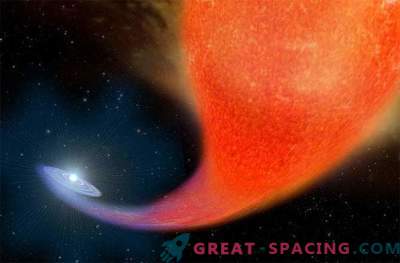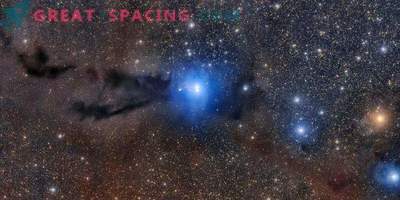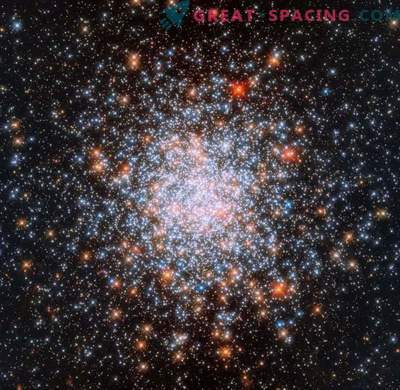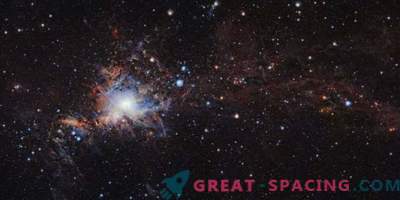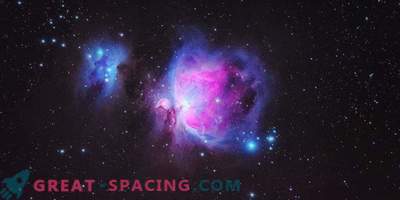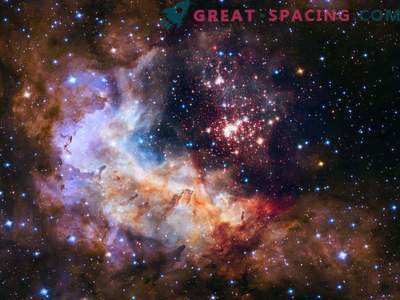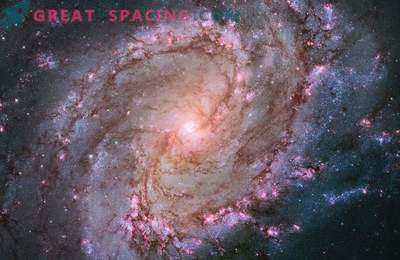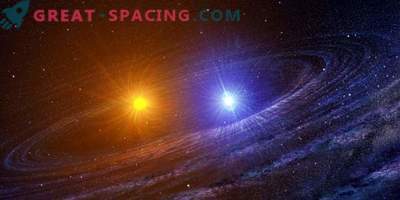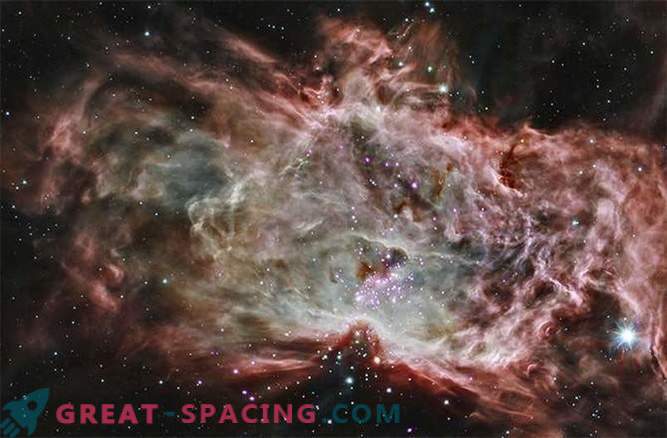
We thought that we had enough information to understand the process of star formation. But according to a new study of two star clusters, our understanding of how stars are born is smaller than we thought.
A careful analysis of the young star clusters NGC 2024 in the center of the Flame Nebula and the Orion Nebula using NASA Chandra X-ray Observatory and infrared telescopes, allowed us to conduct a survey of the age of the stars. According to the generally accepted theory, stars that are closer to the center of clusters should be older than those located at the edges.
To astronomers' surprise, they found the opposite. "Our results are contrary to our understanding," said Konstantin Getman, a leading engineer of this study, from the University of Pennsylvania. "This means that the process of star formation is more complex and we need to figure out how stars were formed, including our Sun."
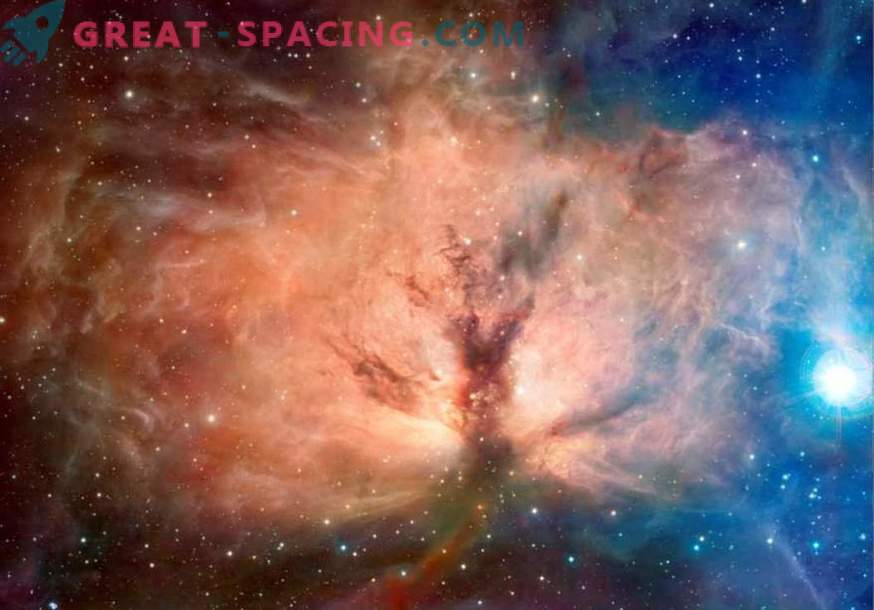
It is believed that stars are formed after the gravitational collapse of huge clouds of dust and gas. Further, according to our understanding, the densest material of the center of the nebula forms a new star under the influence of gravity. After the first stars are formed in the center of the nebula, the remaining less dense gas and dust on the outskirts will form other stars. The use of data for estimating the mass and brightness of stars obtained using the Chandra Observatory and infrared observations helped to calculate the age of the stars. In the case of NGC 2024, the researchers noticed that the stars located in the center of the cluster are about 200,000 years old, and the stars on the outer edges are much older and about 1, 5 million years old. In addition, in the center of the nodes of the cluster of the Orion Nebula, the age of stars is 1, 2 million years, and at the edges of 2 million years. "The main conclusion from our observations is that we can safely reject the generally accepted model of cluster formation," says co-author Eric Feigelson. "Thus, we must consider more complex models that are now derived from the study of star formation.
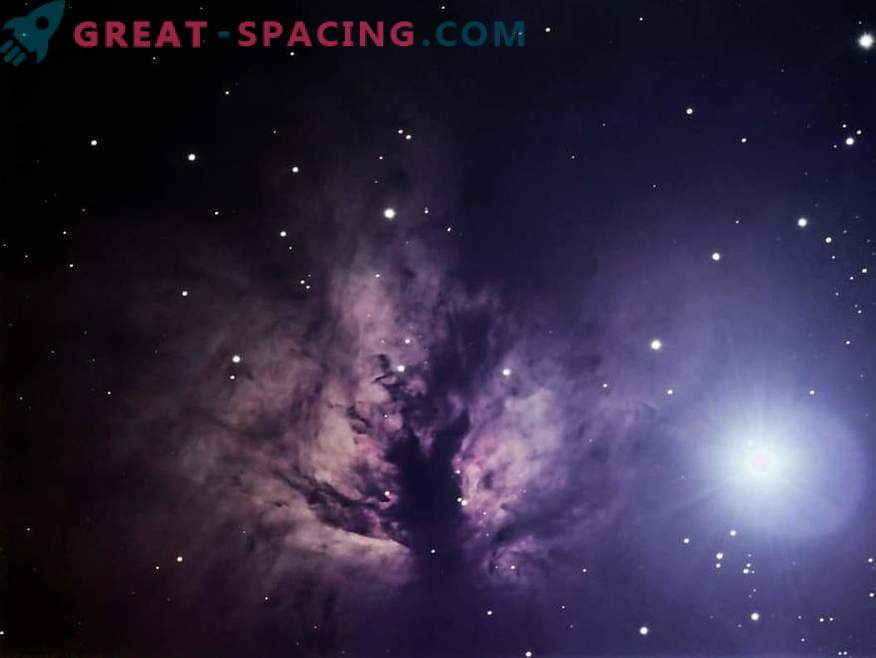
So what happens? Is our understanding of stellar mechanics not objective? Not necessarily, but our understanding of the origin of stars requires a certain adjustment. Researchers also have several possible answers to this riddle. First, a large amount of stellar material in the center of the nebula increases the time of star formation than at the more depleted edges of the cluster. Secondly, the stars that formed in the center of the cluster are subject to greater gravitational influence of other stars, which may cause some of them to move to the outskirts, leaving the younger stars behind. Thirdly, young stars in the center of a star cluster can be formed by filaments of gas and dust that go there. This is a kind of conveyor belt in which young stars replace older ones.
Whether one of these theories is correct remains to be seen, but this is another reminder to us that the process of star formation has not yet been fully studied and cannot be understood.





